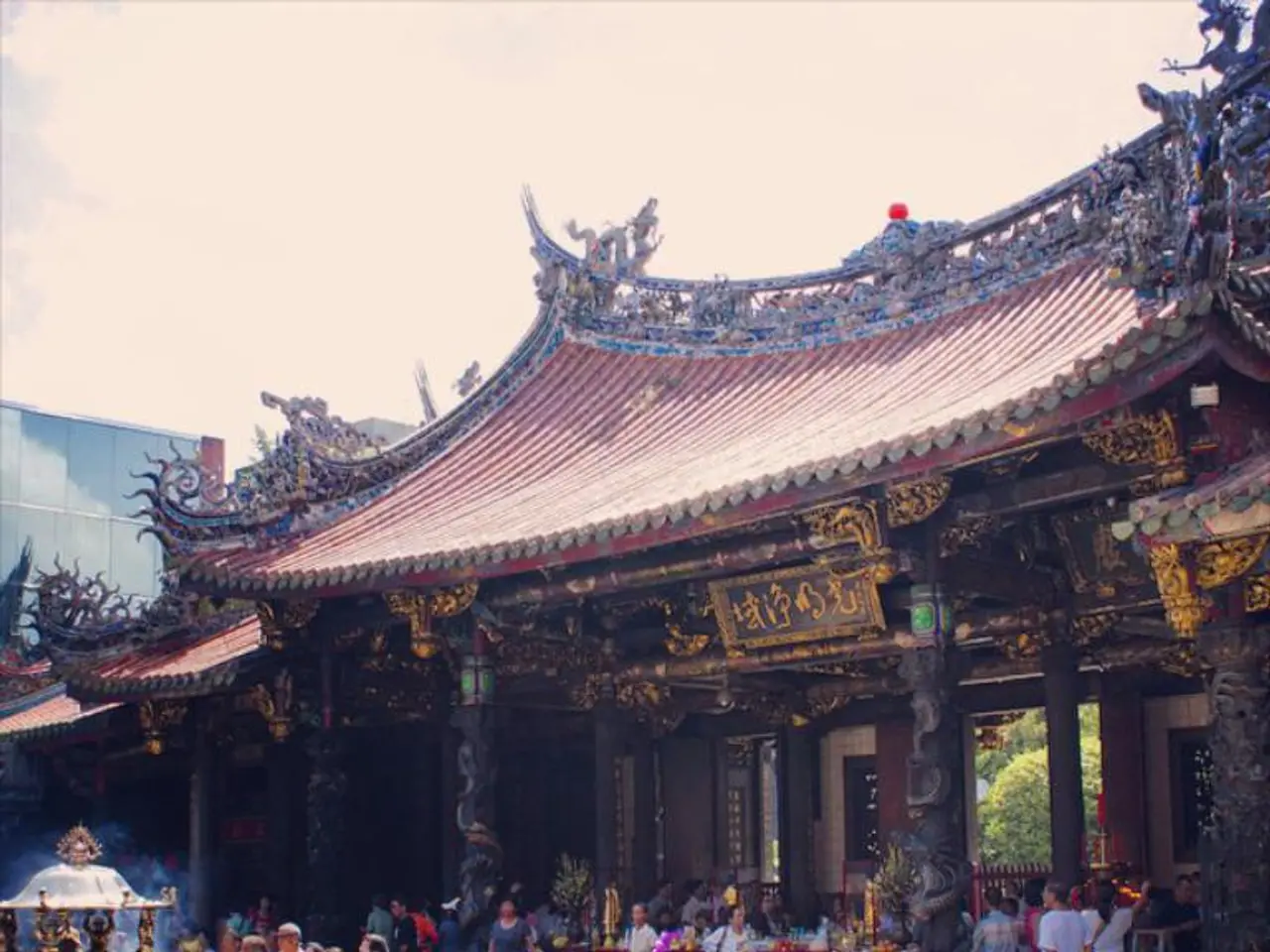Japandi Aesthetic: Insights into the Philosophical Foundation of Japandi Design
For over a century, Japanese fashion has been shaping the global fashion landscape. This influence reached new heights in the late 20th century, when Japanese design principles disrupted the fashion system in a decisive turning point.
In Paris, during the 1970s and 1980s, Japanese designers like Rei Kawakubo, Yohji Yamamoto, and Issey Miyake made their mark. Their radical ideas and the concept of antifashion significantly influenced the Paris fashion scene, bringing Japanese avant-garde aesthetics into geographical dialogue with the city as a global fashion capital.
Meanwhile, Scandinavian fashion has been mastering the balance between functionality and sophistication, often described as "effortless." This style is characterized by hygge, functionality, and timeless elegance. Layering is central to Scandinavian wardrobes, as garments must be adaptable, comfortable, and durable, designed to carry wearers across changing seasons and climates.
The fusion of these two distinct styles birthed Japandi, a fashion movement that combines Japanese minimalism and Scandinavian functionality. This combination results in relaxed silhouettes and impeccable layering. Japanese traditional garments, such as the haori jacket, noragi work coats, and hakama trousers, have become quiet touchpoints in casual fashion.
Japandi embodies a hybrid philosophy: elegance in comfort, beauty in imperfection, and sustainability in restraint. It leans into muted palettes, refined silhouettes, and high-quality materials. Furniture designer Jonah Takagi believes that Japandi might be a philosophical reaction to rampant consumption of stylish yet cheaply made goods.
The clean silhouettes and focus on quality natural materials in Scandinavian fashion are reflections of a lifestyle that prizes coziness, functionality, and a deep connection with nature. This is echoed in the Japanese philosophy of wabi-sabi and the Scandinavian concept of hygge, both of which celebrate simplicity, longevity, and authenticity.
In recent years, the fashion market has been shifting towards "quiet luxury," and Japandi's influence is especially timely. Global brands like Lemaire, Minju Kim, and The Row have embraced this aesthetic, reflecting the calm cohesion created by neutral palettes and tone-on-tone layering.
Yohji Yamamoto explored gender identity through draped, non-bodyconscious garments that echoed the kimono's fluid and unisex origins. Rei Kawakubo blurred the lines between beauty and distortion through deconstruction in fashion. These designers celebrated asymmetry, volume, and imperfection, representing a radical departure from the polished, body-conscious silhouettes of Western runways.
Issey Miyake pushed innovation through fabric, pioneering pleating techniques and developing his A-POC concept. Japanese designers also reinterpreted American workwear and casual dress, creating the style movement known as Amekaji.
The global influence of Japandi can be traced across these designers' work, as well as in the fashion industry's ongoing dialogue between Eastern and Western aesthetics. This fusion of cultures continues to shape the future of fashion, offering a harmonious blend of minimalism, functionality, and timeless elegance.








